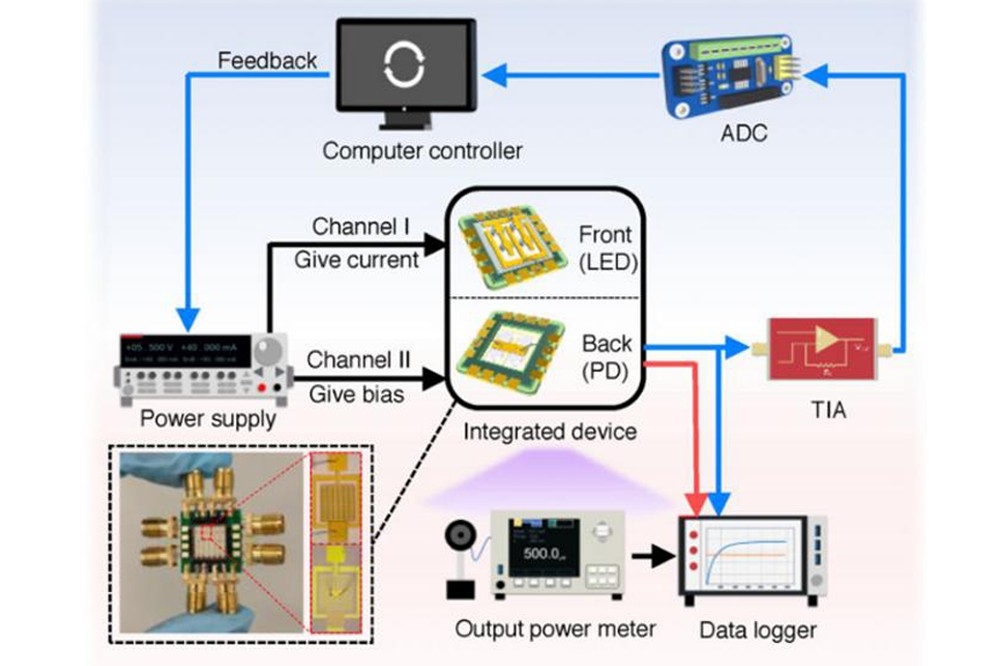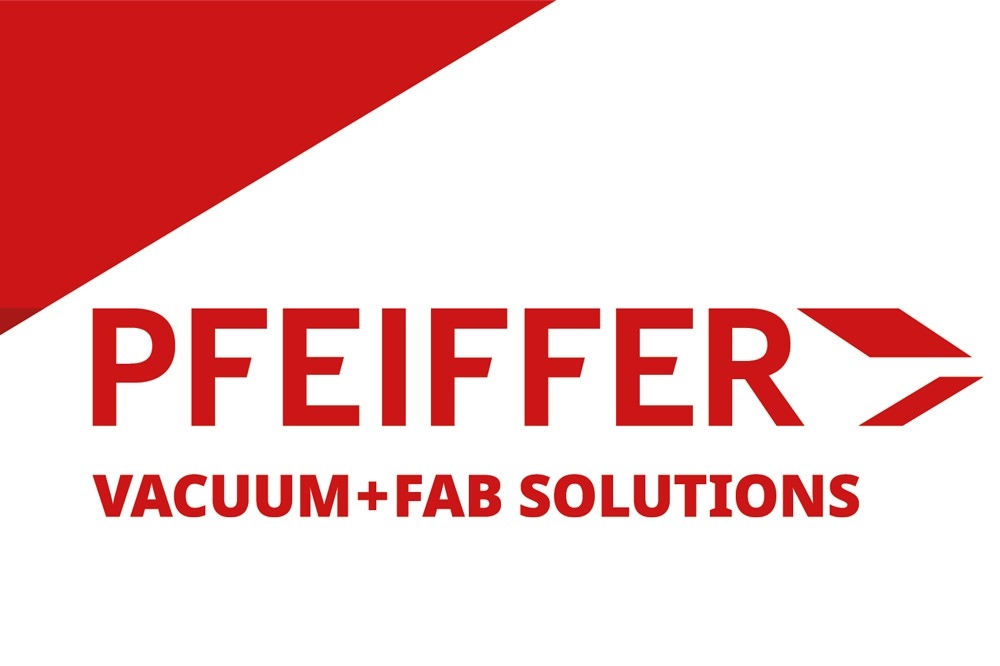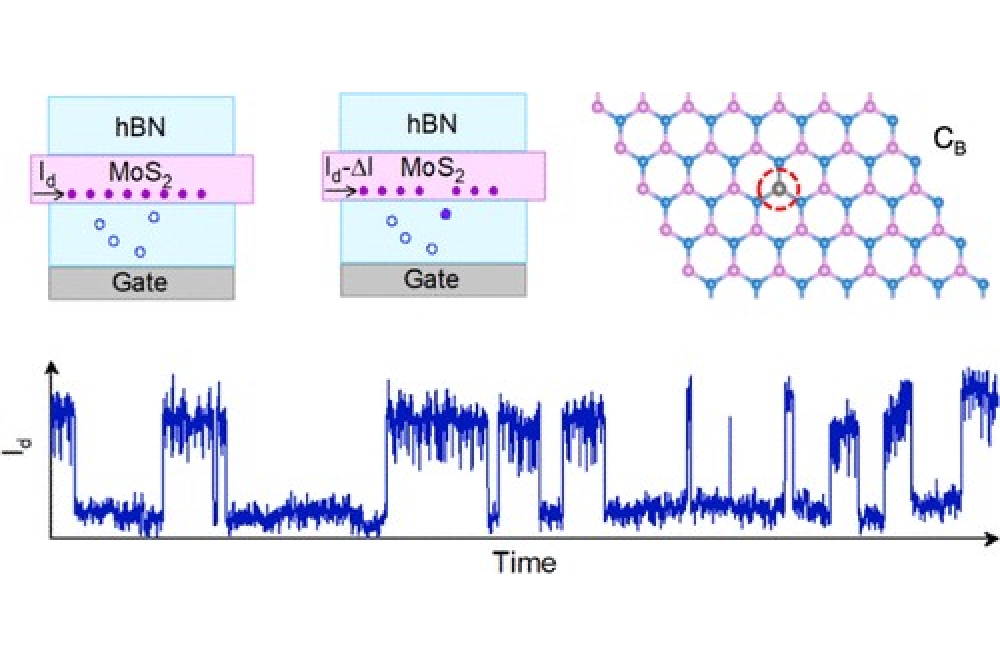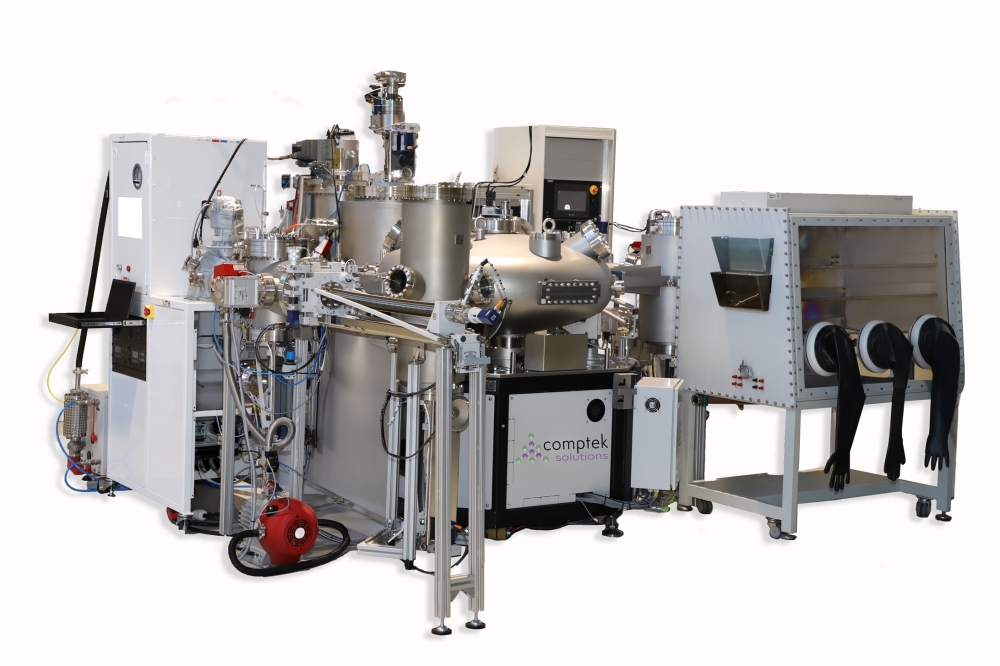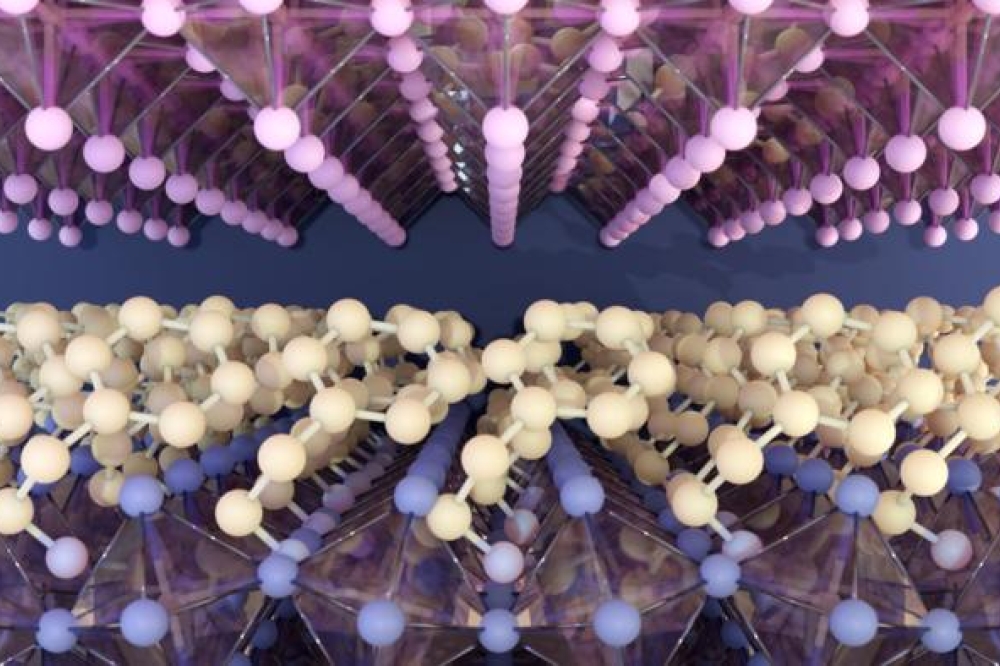News Article
Epistar to reach 15 percent total global GaN wafer capacity following FOREPI merger
With 400 MOCVD reactors, this is more than double its nearest competitor
Following the announcement on June 30 that Epistar is acquiring Formosa Epitaxy (FOREPI), Epistar will have over 400 MOCVD reactors including those from FOREPI's China subsidiaries-more than double the GaN MOCVD of its nearest competitor, according to the latest research note from Alice Tao, senior analyst for IHS Technology, on Q2'14 GaN LED supply and demand.
Epistar will now take an even clearer lead as the number GaN LED die and wafer supplier. Epistar's projected wafer capacity share of 11 percent in the fourth quarter of 2014, added to FOREPI's 4 percent, will mean that the newly united group will account for 15 percent of total global capacity, according to IHS Technology.
Meanwhile at the packaged LED level, Nichia is the market leader with 12.5 percent as of the first quarter this year. Sanan, a shareholder of FOREPI, was previously projected by IHS to challenge Epistar for wafer capacity by the end of 2014. But Sanan will now have less than half of Epistar and FOREPI's combined share given the new development. Samsung, ranked third, is another top player for total which also leads for yielded die and binned die in addition to GaN wafer capacity.
LED companies have long since recovered from the 2011 to 2012 time period when capacity utilisations were very low, and Epistar and others have had stable, high-capacity utilisations for some time now. At the same time, the oversupply seen from 2011 to 2013 is projected to greatly reduce from 2014 to 2018 because of increased demand in lighting, says IHS.

According to the latest issue of the IHS Technology Quarterly GaN LED Supply and Demand Market Tracker, wafer surplus is projected to reduce from 27 percent in 2013 to 10 percent in 2014, and will be below 10 percent from 2015 to 2018, mostly due to the expansion of the lighting market as LED lamps and luminaires gain share, at the expense of traditional technologies.
Revenue from GaN packaged LEDs in lighting applications is projected to grow from $5.2 billion in 2013 to $6.0 billion in 2014, and then rising to $6.8 billion in 2015. Shipment growth is even stronger with 2015 shipments forecast to be almost double those of 2013.
Overall, GaN MOCVD installation is forecast to reach 257 reactors in 2014, with 830 reactors to be needed for the four combined years from 2015 to 2018 inclusive.
The top purchasers of MOCVD in 2014 are projected to be leading Chinese companies like Sanan and HC Semitek. Both announced plans for 200 MOCVD reactors recently.
Sanan stated it will invest 10 billion RMB (approximately US$1.6 million) to purchase 200 MOCVD reactors in Xiamen, while HC Semitek anticipates to reach 200 MOCVD by 2016. It should be noted, however, that not all LED companies historically have ordered as many MOCVD as they initially estimated. The top 10 purchasers are expected to have 89 percent market share in 2014 as leading suppliers continue to grow strongly; in comparison, smaller companies and new entrants that joined the market in recent years have often failed to see growth in this competitive market.
Epistar will now take an even clearer lead as the number GaN LED die and wafer supplier. Epistar's projected wafer capacity share of 11 percent in the fourth quarter of 2014, added to FOREPI's 4 percent, will mean that the newly united group will account for 15 percent of total global capacity, according to IHS Technology.
Meanwhile at the packaged LED level, Nichia is the market leader with 12.5 percent as of the first quarter this year. Sanan, a shareholder of FOREPI, was previously projected by IHS to challenge Epistar for wafer capacity by the end of 2014. But Sanan will now have less than half of Epistar and FOREPI's combined share given the new development. Samsung, ranked third, is another top player for total which also leads for yielded die and binned die in addition to GaN wafer capacity.
LED companies have long since recovered from the 2011 to 2012 time period when capacity utilisations were very low, and Epistar and others have had stable, high-capacity utilisations for some time now. At the same time, the oversupply seen from 2011 to 2013 is projected to greatly reduce from 2014 to 2018 because of increased demand in lighting, says IHS.

According to the latest issue of the IHS Technology Quarterly GaN LED Supply and Demand Market Tracker, wafer surplus is projected to reduce from 27 percent in 2013 to 10 percent in 2014, and will be below 10 percent from 2015 to 2018, mostly due to the expansion of the lighting market as LED lamps and luminaires gain share, at the expense of traditional technologies.
Revenue from GaN packaged LEDs in lighting applications is projected to grow from $5.2 billion in 2013 to $6.0 billion in 2014, and then rising to $6.8 billion in 2015. Shipment growth is even stronger with 2015 shipments forecast to be almost double those of 2013.
Overall, GaN MOCVD installation is forecast to reach 257 reactors in 2014, with 830 reactors to be needed for the four combined years from 2015 to 2018 inclusive.
The top purchasers of MOCVD in 2014 are projected to be leading Chinese companies like Sanan and HC Semitek. Both announced plans for 200 MOCVD reactors recently.
Sanan stated it will invest 10 billion RMB (approximately US$1.6 million) to purchase 200 MOCVD reactors in Xiamen, while HC Semitek anticipates to reach 200 MOCVD by 2016. It should be noted, however, that not all LED companies historically have ordered as many MOCVD as they initially estimated. The top 10 purchasers are expected to have 89 percent market share in 2014 as leading suppliers continue to grow strongly; in comparison, smaller companies and new entrants that joined the market in recent years have often failed to see growth in this competitive market.








